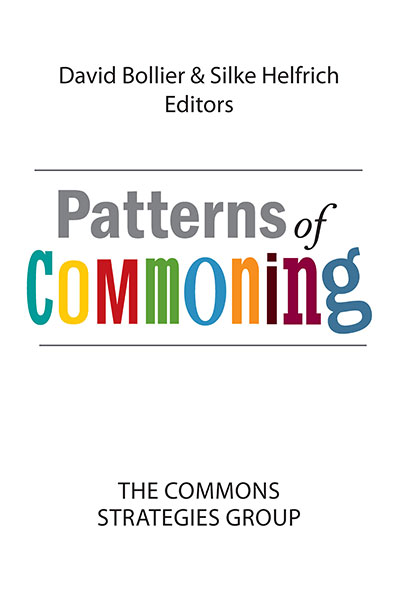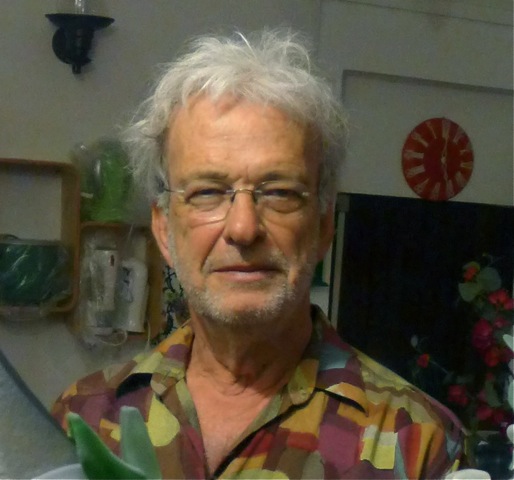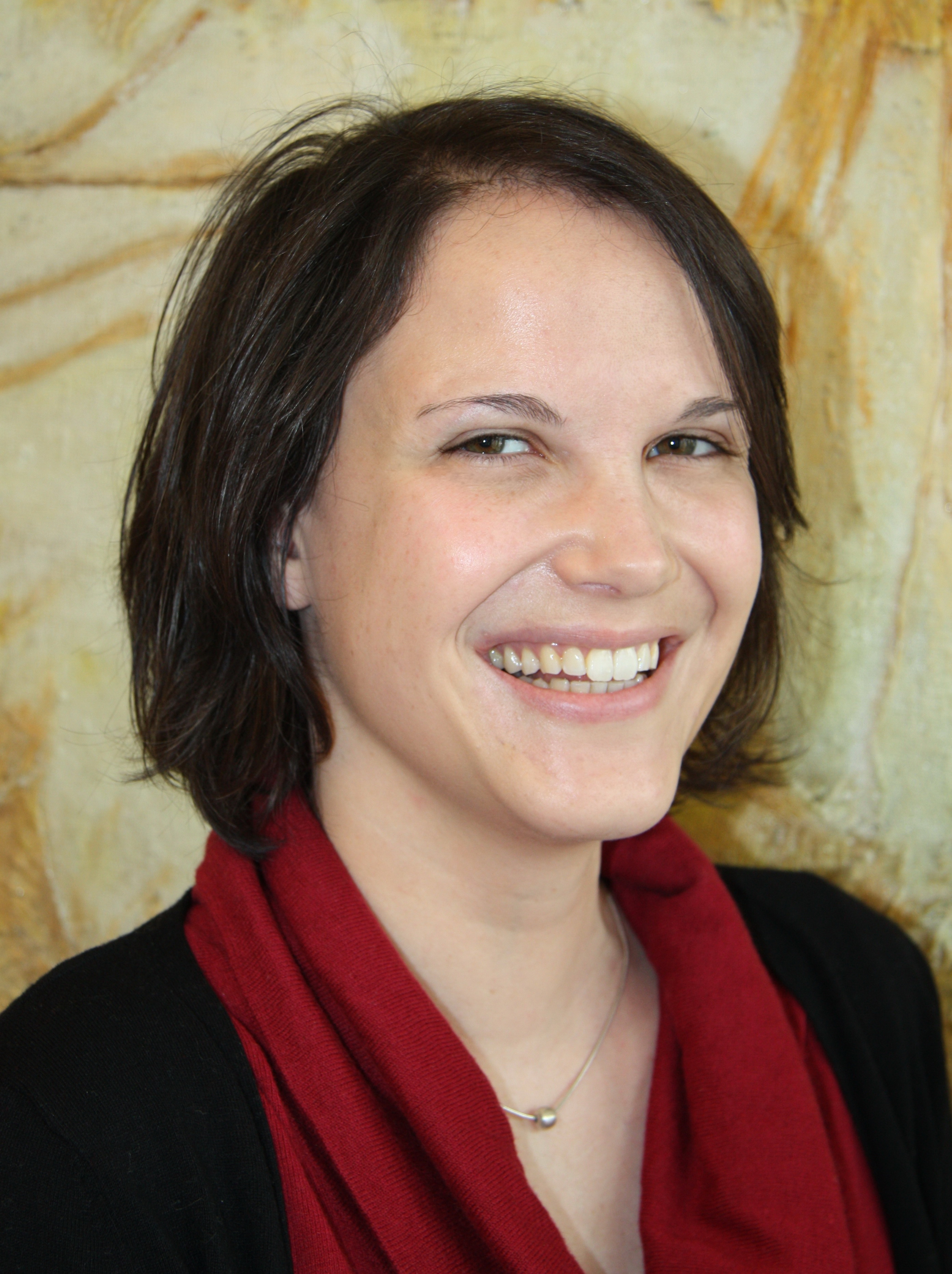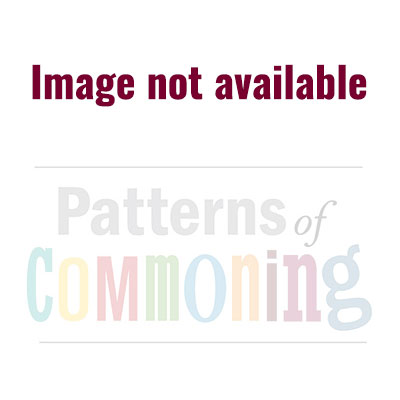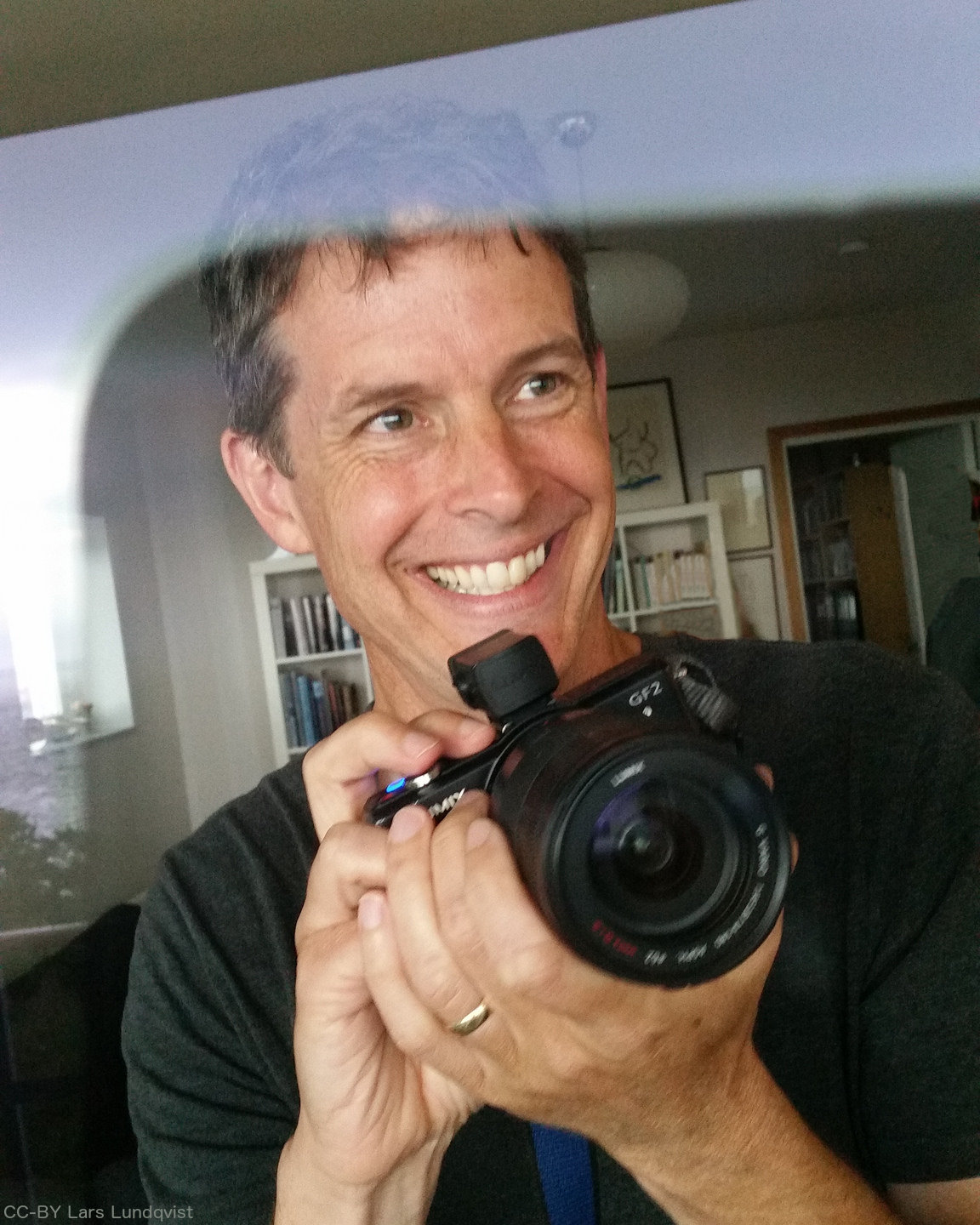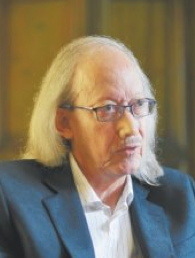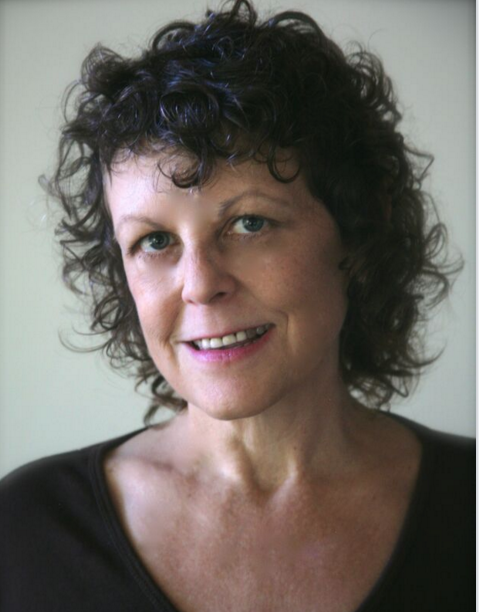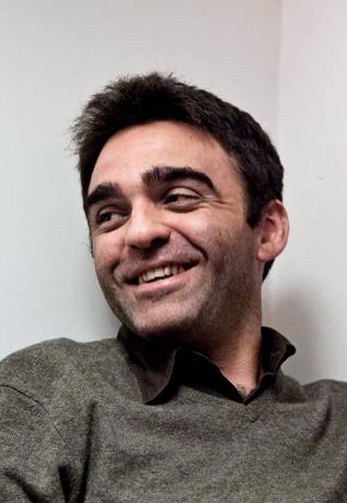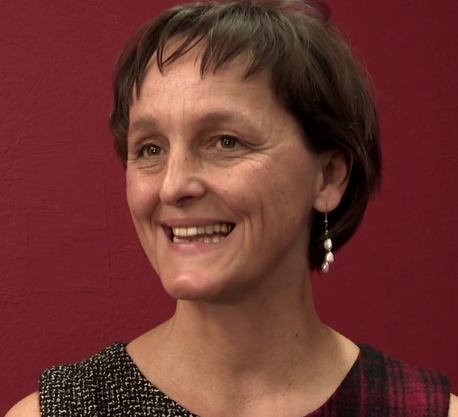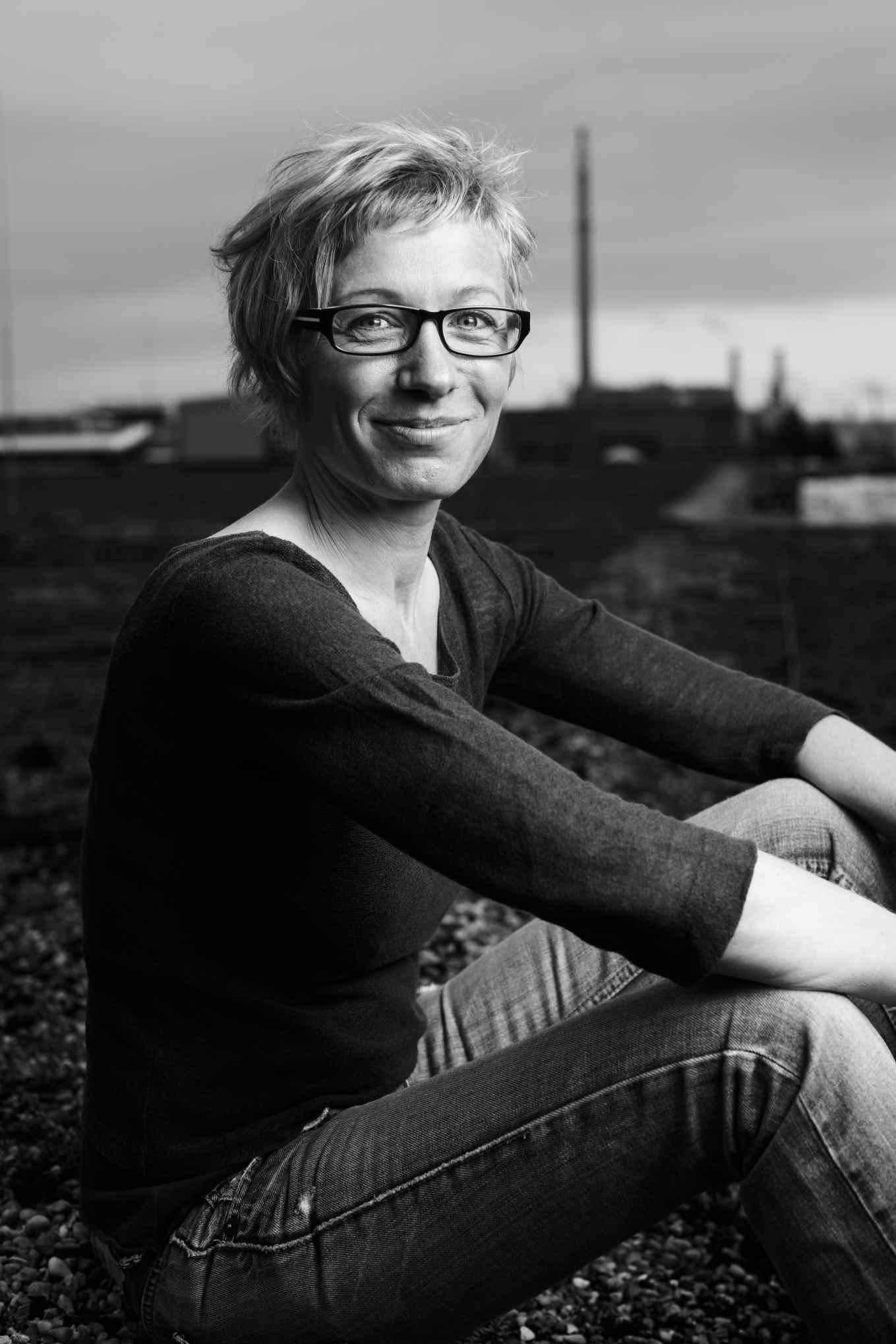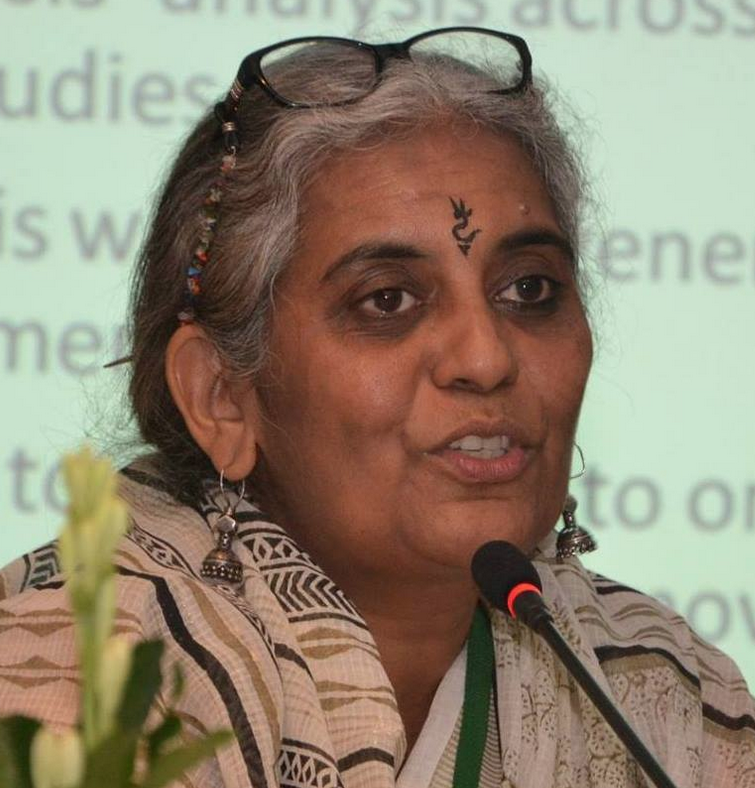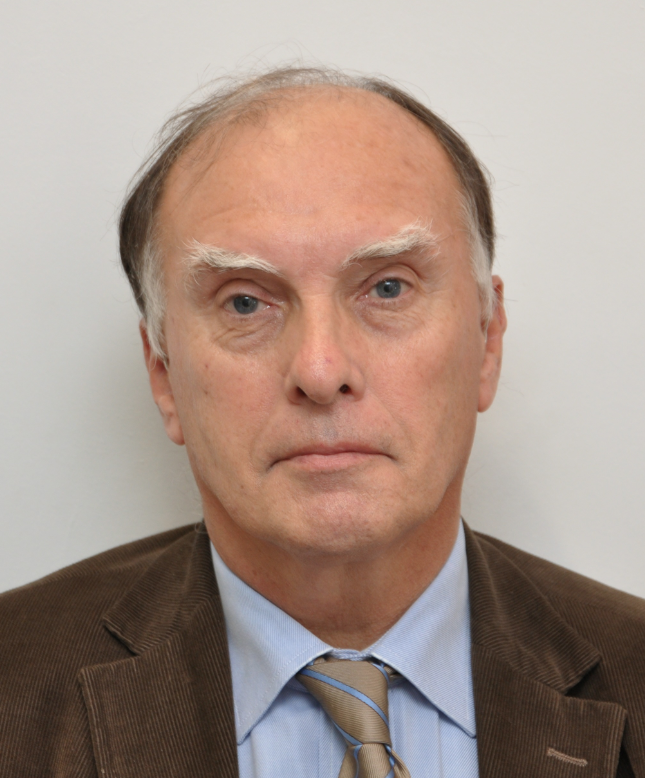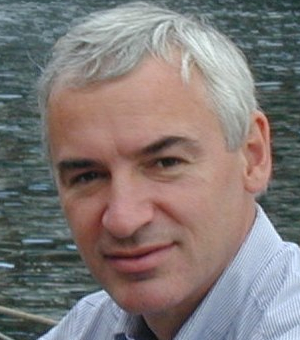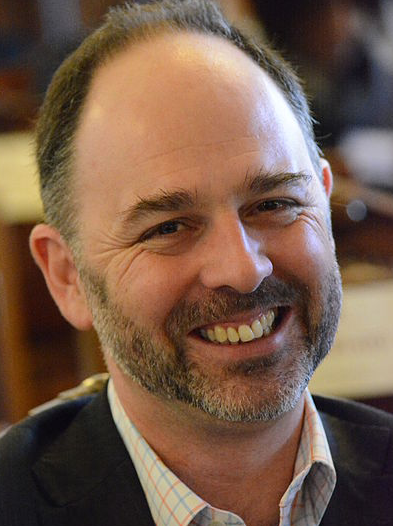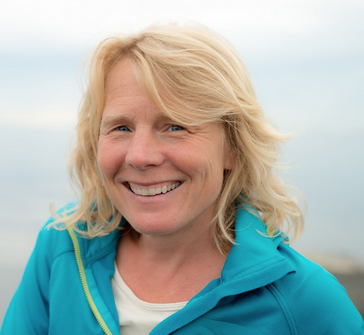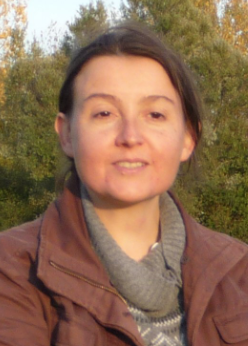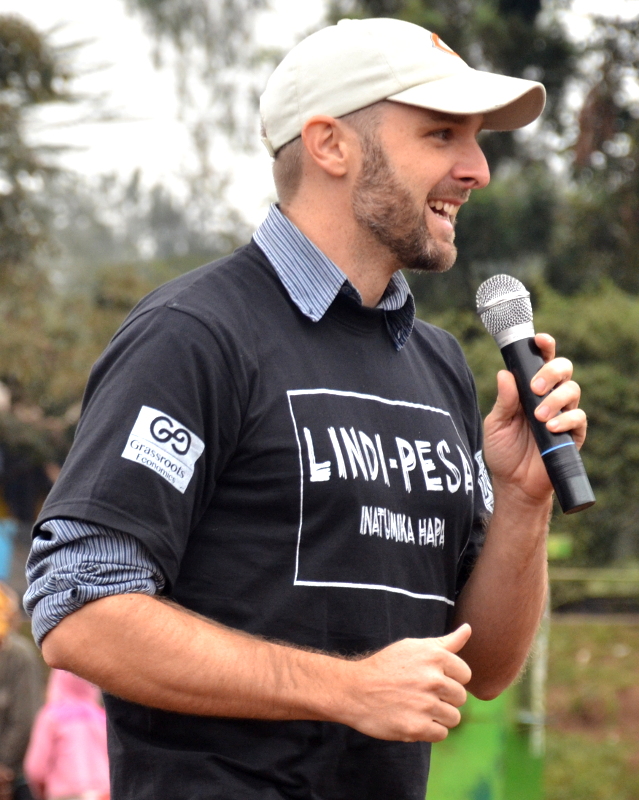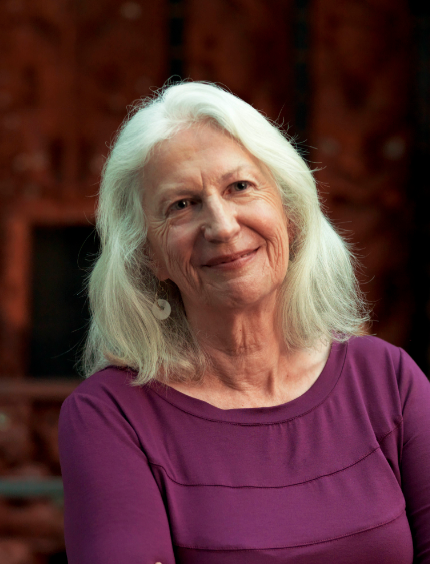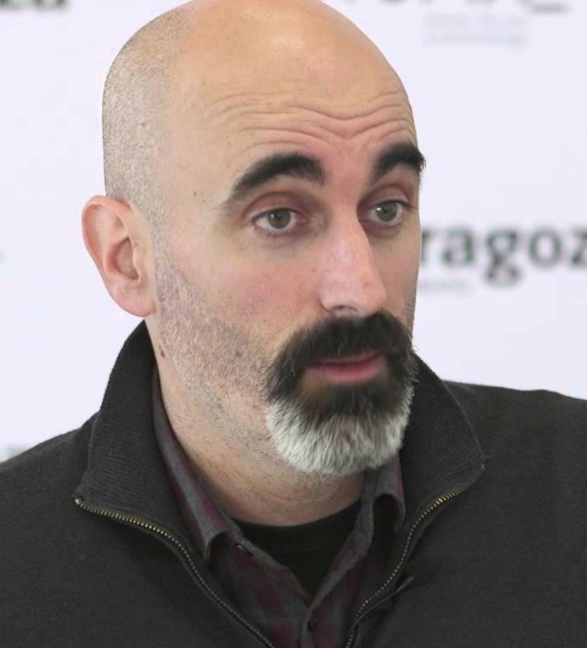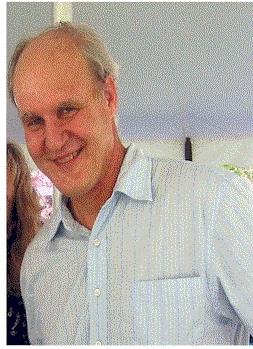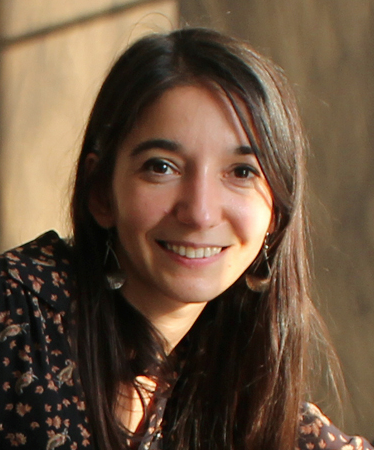Alain Ambrosi (Canada) is a designer and producer of intercultural projects, independent researcher, author, videographer and producer of the Remix The Commons Project.
Patterns of
COMMONING
Open Access Pioneer: The Public Library of Science
By Cameron Neylon
In the 1990s, Nobel Laureate Harold Varmus, a genetic researcher, and California scientists Patrick Brown and Michael Eisen were increasingly frustrated by the many constraints on sharing scientific research. Even though academic researchers were the ones performing difficult, costly scientific research and peer reviews of it – much of it financed by taxpayers – commercial journal publishers have usually demanded the copyrights for published results. This has enabled them to charge subscription fees that are often unaffordable to libraries and to impose legal restrictions on people’s ability to access, copy and share research articles. Subscription costs have been rising at above inflation rates for over a decade and American universities now spend more than $10 billion a year on subscriptions to academic journals. Even the most wealthy institutions like Harvard University are saying this is unsustainable.1
In an attempt to address this problem, Varmus and his colleagues launched an online petition calling for scientists everywhere to pledge that they would no longer submit papers to journals that didn’t make the full text of their papers available to all, unconditionally, either immediately or after a reasonable delay of some months. They also urged scientists to no longer subscribe to or write reviews for such journals.2
The response was swift and astonishing: More than 34,000 scientists from 180 nations signed the open letter. However, it soon became clear that signatories could not practically adhere to goals of the letter because there were simply too few publications that would actually provide or allow open access to their articles.
To address this gap, Varmus and other scientists inaugurated a new publishing venture known as the Public Library of Science (www.plos.org). The project’s purpose was to help scientists and scholars regain control over their own research by providing “open access” publishing vehicles that would make articles freely available to everyone in perpetuity. The original authors retain copyright and license the articles to the world under a Creative Commons Attribution license to enable free re-use, sharing and distribution. (See essay on the Creative Commons licenses.[/efn_note] This project built off the earlier development of Biomed Central, a publishing venture with similar aims led by London-based entrepreneur Vitek Tracz, and by other innovative publisher efforts of the late 1990s.
Since its founding in 2003, PLOS has grown from a community protest into the world’s largest publisher of free to read, immediately accessible and openly licensed scholarly content. The first PLOS journal, PLOS Biology, published its first articles in late 2003, rapidly establishing a reputation for high quality articles. Over the next few years, the project launched PLOS Medicine and four community journals focused on research in computational biology, genetics, pathogens and neglected tropical diseases, respectively.
As these six journals grew, the founders began to step up to their original, more ambitious goal of catalyzing a transformation in scholarly communication. The next big step toward this goal was the founding of PLOS ONE (www.plosone.org), a new scientific journal in 2006 to cover the whole of science and pioneer a new approach for a scientific journal. For the first time there would be no artificial limits placed on the number of articles published. Submissions would be considered only on the basis of scientific validity and technical quality, not on perceived impact. Traditionally researchers have sought the prestige of publishing in the most selective journals, to the extent that the prestige of the container has become more important than the quality of the articles. This can lead to perverse incentives for both authors and editors to write and select the most sensational claims rather than provide measured evidence. PLOS ONE publishes every submitted paper that meets the criterion of being properly done science – a publishing strategy that made PLOS ONE the world’s largest journal in 2010. All major publishers soon imitated the PLOS ONE “megajournal” model by publishing journals of broad scope that do not artificially limit the number of articles published.
Because of its larger readership and the diversity of submitted papers, PLOS ONE has also become a pioneer in rigorous pre-peer review validation. It conducts some of the most rigorous checks of all journals for statistical validity, ethical review and reporting guidelines.
PLOS was financed initially by charitable grants and income from philanthropic sources such as the Gordon and Betty Moore Foundation and the Bill and Melinda Gates Foundation (which are associated with the founders of the Intel Corporation and Microsoft, respectively). But it broke even for the first time in 2010 and the not-for-profit has posted a surplus in each year since. PLOS has committed itself to a transparent approach to financial information, and so pioneered the publishing of detailed income and expense figures alongside the disclosures required by the government for nonprofits. In 2012, PLOS publishing ventures were collectively reaping over US$38 million, with a surplus of US$7 million.
Once its financial sustainability was established, the organization began to focus on new innovations in scholarly communications. One notable project has been Article Level Metrics, a toolset that provides open data to assess in great detail the impact and usage of individual papers.3 Before this innovation, research articles were traditionally judged more by the reputation of the journal in which they appeared rather than by their own individual merits.
This initiative has had a further impact – the San Francisco Declaration on Research Assessment (DORA), which has been signed by more than 10,000 researchers and 400 organizations.4 The 2012 statement calls on funders, institutions and other publishers to judge research articles on their own merits rather than conflating the “impact factor” of a journal (the average number of citations for an article) with the quality of a particular scientist’s contribution. These ideas are changing how research is assessed and slowly but surely affecting how hiring, promotion and firing decisions are made.
More recently, PLOS has focused on ensuring that research data directly underlying published papers is made freely accessible, except where ethical of other considerations make that inappropriate. PLOS has also developed new tools for structured evaluation of published articles after publication, helping to encourage continuing evaluation of the accuracy of research.
By reimagining scientific publishing as a type of commons, PLOS has been at the vanguard of the massive shift in scholarly publishing. Access to research is increasingly more open, and not restricted or delayed – and scientific inquiry itself has become more rigorous. Equally important, PLOS has been able to provide vital advocacy and pacesetting innovation to the field, which now includes thousands of open access journals and over half a million freely licensed research articles.
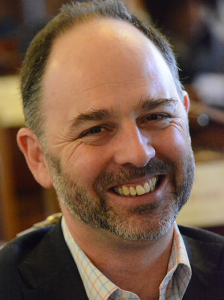
Cameron Neylon (USA) is former Advocacy Director at PLOS, a role he moved to from a career as a researcher.He has an interest in how to make the Internet more effective as a tool for science and writes and speaks regularly on scholarly communication, the design of Web-based tools for research, and the need for policy and cultural change within and around the research community.
